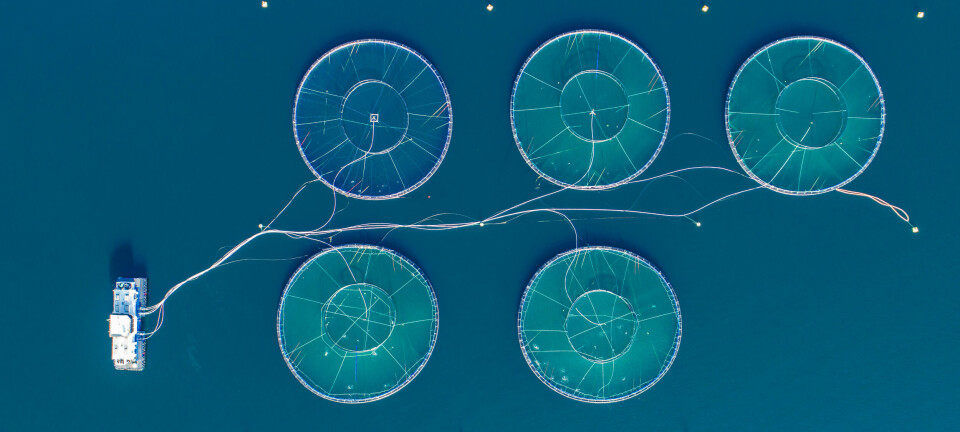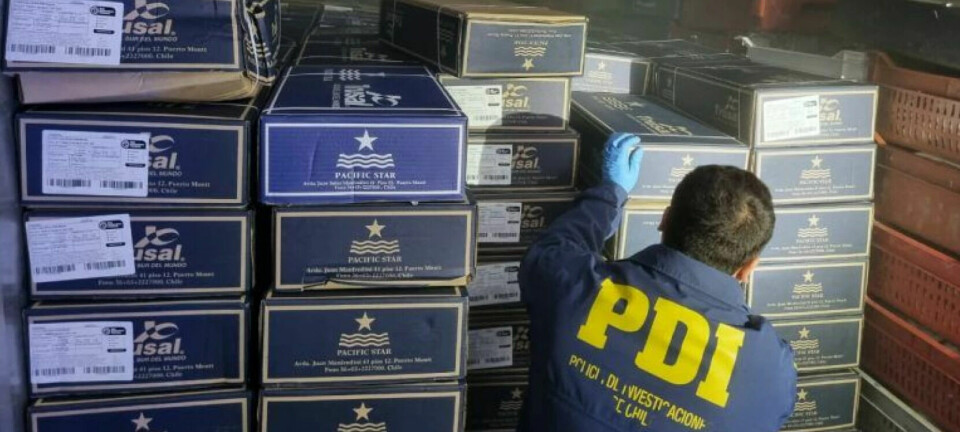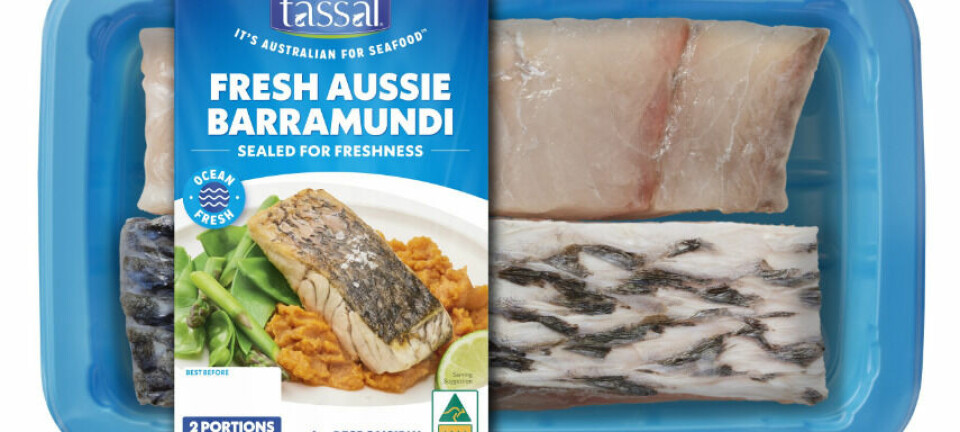Salmar in formalin row
The FSA is currently investigating the company and regional director Bjorn Rothe Knudtsen, says: “It involves the use of formalin linked to three salmon farms in Central Norway in the past year”.
“Companies using formalin in full-scale purification of sea lice should first seek permission from the Norwegian Medicines Agency,” he adds.
The use of formalin is a bit of a grey area, and the Norwegian Medicines Agency has only recently clarified that the substance can’t be used.
Knudtsen points out that, on 2 September, NOMA rejected an application from another farming company - Fishguard in Bergen - to use formalin and the Food Safety Authority report on sea lice published Wednesday, does not include formalin as a possible instrument.
However, Salmar’s CEO, Leif-Inge Nordhammer, says that the substance was only used because it was an emergency situation, and beneficial to the welfare of the fish, as they were suffering from acute problems with lice at the time.
He said: “This [the treatment] took place under controlled conditions in wellboats in closed holds, as the law allows for. This was based on the ethical and legal duty we as breeders had to take account of animal welfare in the severe, acute lice situation that had arisen in just this area and we informed the FSA about it. This controlled delousing was naturally carried out without risk for human skin contact or inhalation of the product.”
He maintains that formalin is a concentrate of naturally occurring substance in both humans and animals.
“Formalin preparations are being used in aquaculture worldwide and are approved in Spain, USA and Canada. There are also inter alia used as a preservative in animal feed, and present no risk to food safety,” Nordhammer adds.




















































